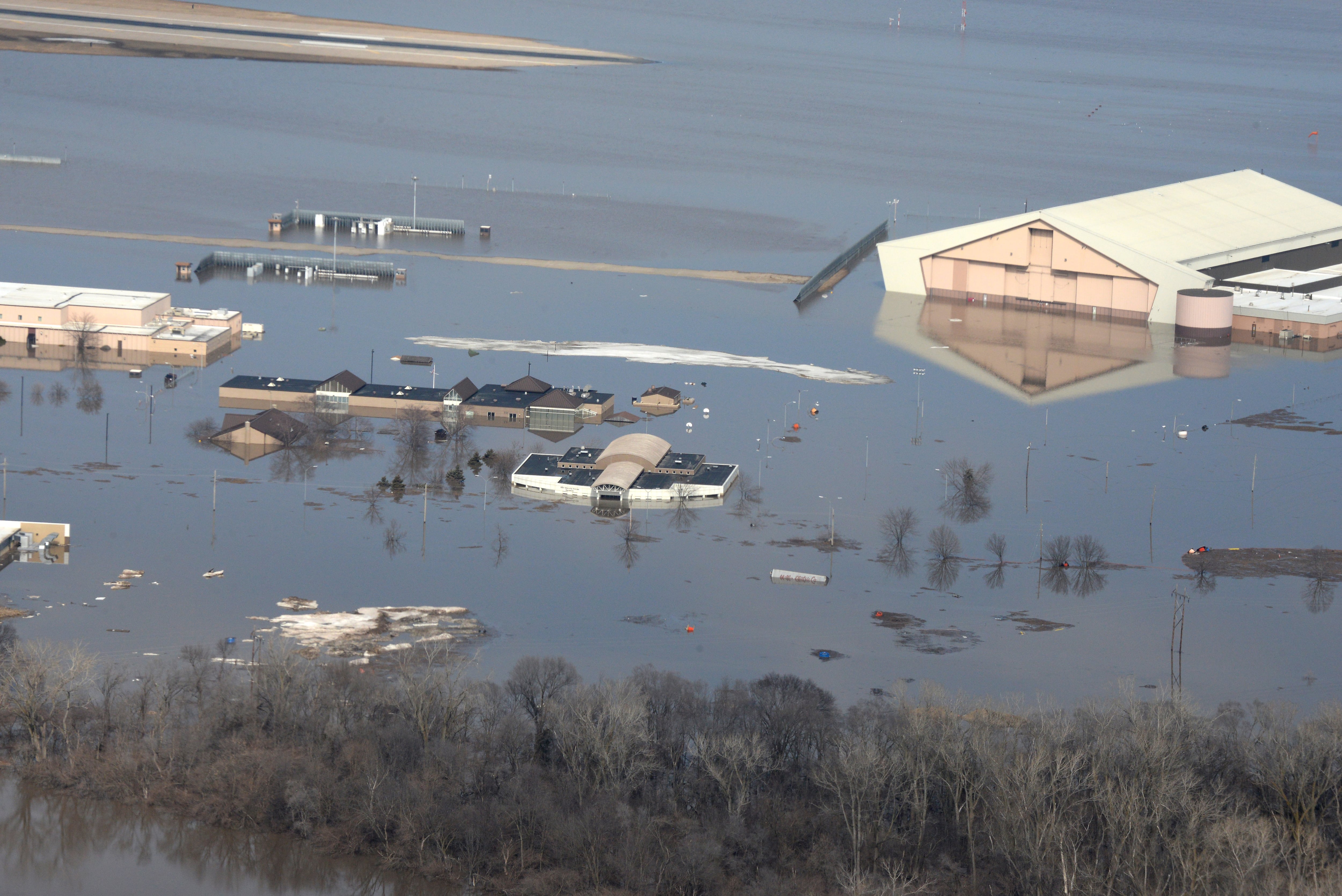Imagine that, for years, the U.S. intelligence community warns about a specific national security threat that could come to pass. One day, it finally does. International observers sound the alarm. The press picks up the scent. Within two weeks, the threat breaches U.S. defenses, and two weeks after that, Americans begin to die. But it takes six months for the U.S. Army to agree to fill the capability gap with a counter-weapon of its own design, and more than a year after the first American casualties, the Army rolls it out.
This, in fact, just happened. It’s the timeline of the Army’s response to the COVID-19 pandemic, an unambiguous threat to life and livelihoods.
It took a full year for the service to design, approve and distribute a face mask — called a Combat Cloth Face Covering, or CCFC — for its soldiers, an effort that required an additional $43.5 million in contracts to provide temporary solutions. That comes out to about $45 per mask, if you assume every active-duty, National Guard and Reserve soldier received one. A pack of 20 N95 masks at Home Depot costs about $20.
And yet, the Army congratulated itself on the “expedited” timeline, compared to the 18- to 24-month procurement cycle such an effort would normally take.
“The system worked as designed,” tweeted a former Marine.
And that is precisely the problem. National security strategy is supposed to align ends and means.
While this has never been easy, the COVID-19 pandemic is an example of how focus on one threat eclipses others, leaving those we ask to fight our nation’s wars flat-footed. The intelligence community for years warned about a pandemic similar to the one that has, to date, killed more than 440,000 Americans and 130 service members. While it is impossible to prepare for every threat outlined by the director of national intelligence in the lengthy “Worldwide Threat Assessment” reports, it should be easier to respond to the obviously lethal ones once they emerge.
When the Army has to spend a year and millions of dollars to replicate something of such a low level you can buy it at CVS, it calls into question whether the services can really counter the cutting-edge future threats their civilian leadership tells them are right around the corner. And that question has staggering consequences for the viability of the Defense Department’s latest organizational principle: great power competition.

The ephemeral yet urgent idea of great power competition occupies most of the pages of the past few National Security Strategy documents. As yet, though, there exists no clear operational definition of “great power competition” as much as there is a laundry list of possibilities, from action below the level of armed conflict to irregular warfare to even conquest of a peer.
Without clear threats around which the services should organize, train and — crucially — equip, they have to maximize flexibility at the expense of preparation. A year to provide a face mask can hardly be considered flexible.
Then there is the issue that not all ends — like convincing allies and partners to turn down proffers of Chinese technology, and combating Russian disinformation campaigns — align with the Defense Department’s means. As others have noted, it’s hard to see how the presence of a Ford-class aircraft carrier would convince Germany to pass on Huawei’s 5G network.
Finally, there are major budget implications at play. A system that “worked as designed” still cost millions in additional taxpayer funds. How many times can the U.S. budget afford to spend additional millions to plug a hole the national security establishment couldn’t foresee? And how likely is it that, if the Army didn’t have something as simple as face masks for a pandemic, the Pentagon’s $750 billion budget already has the equipment on the shelf for the myriad ill-defined dangers that we are told we must respond to?
Ultimately, responsibility lies with civilian leaders who write our national security strategies and elected representatives who vote to provide more conventional weaponry than the Defense Department requests. The threats to our Navy include those that decimate the crews of its aircraft carriers without firing a single shot. Our Army can’t maintain its readiness until it addresses sexual assault in the ranks. And as much as our Air Force needs defense from missile attacks in the air, it needs defense from the effects of climate change on the ground even more.
RELATED

There are two sides to the Army’s CCFC experience. On one side is the story of Army ingenuity — of finding ways to stay within the lines of the system while simultaneously bending it into efficiency. On the other side is a story of how, even when faced with a clear and present threat, these systems can only bend so far and so fast.
This presents us with a choice: Change the system or scope the threat list. One of these is easier than the other and can be accomplished if civilian leaders choose that path. The lives lost behoove them to do so.
Caroline Baxter is a research fellow at the Eurasia Group Foundation where she focuses on U.S. foreign policy with specific attention on the Indo-Pacific region. She previously worked as a senior analyst at the think tank Rand.







